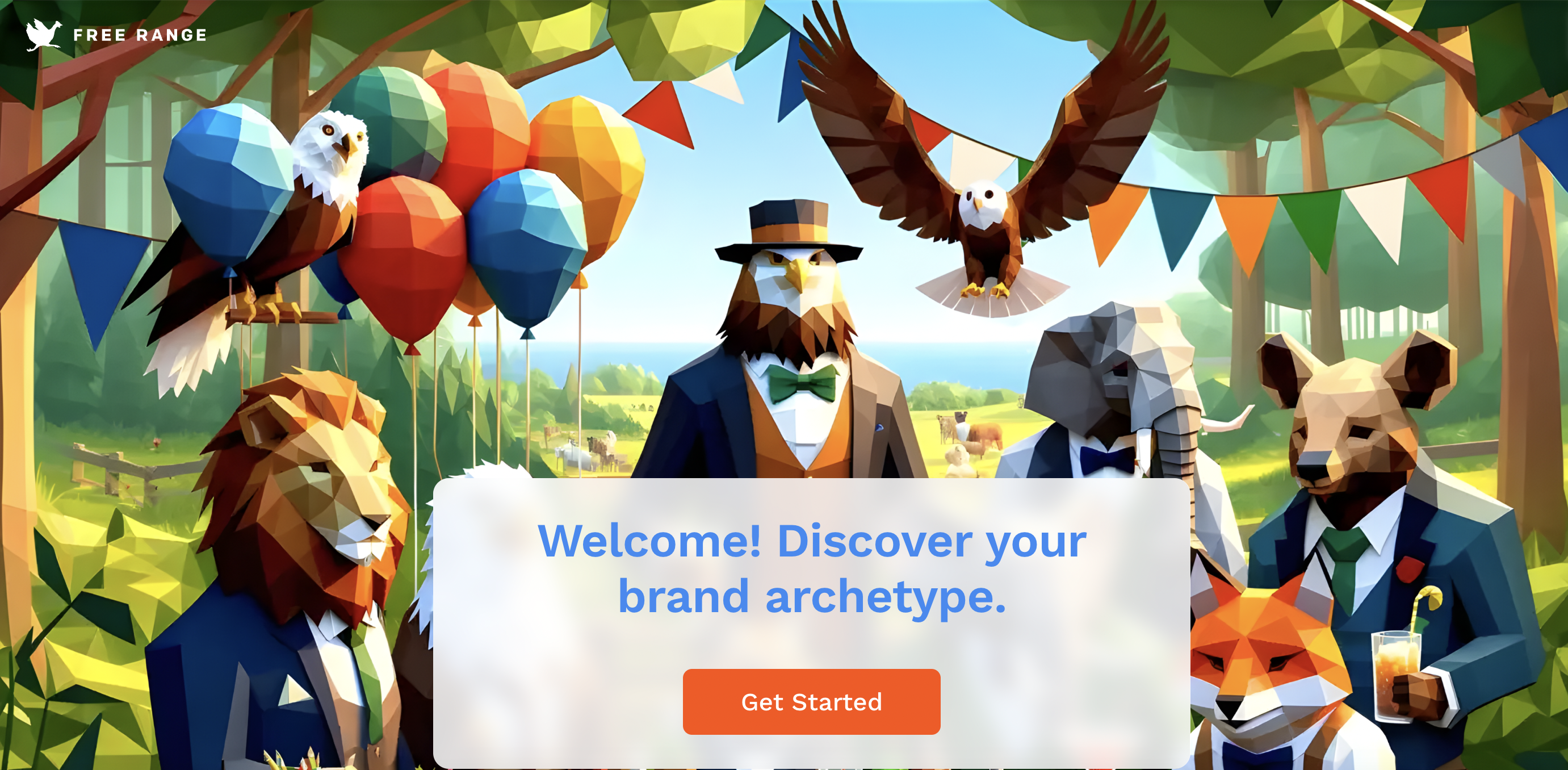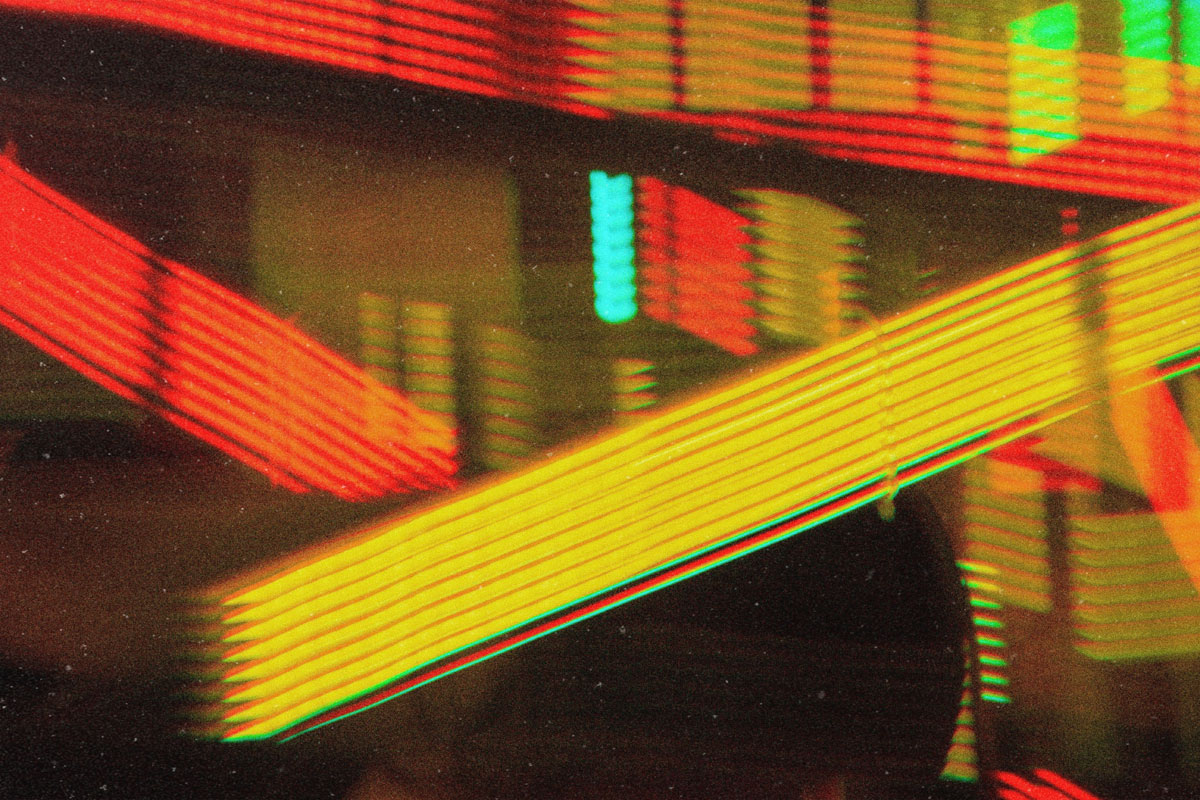Abraham Maslow’s “hierarchy of needs” has had an enduring impact on the field of positive psychology—and is a major influence on our own storytelling work here at Free Range.
In the simplest terms, Maslow’s hierarchy of needs is a theory of human motivation—an explanation for why people do what they do, and when.
Maslow believed that human beings act in order to satisfy needs, and that those needs can be arranged in a rough order from the simplest to the most complex. He argued that survival needs like food, water, and shelter are the most basic needs common to all humans. In general, these base-level needs must be satisfied before individuals can productively pursue mid-level needs such as love, belonging, and social esteem.
Maslow referred to all of these needs, collectively, as “deficiency” needs.

Once deficiency needs are met, Maslow argues, people become free to pursue “being” needs, and ultimately “self-actualization.” In his early work, Maslow defined self-actualization as
“the desire to become more and more what one is, to become everything that one is capable of becoming.”
Later thinkers visualized this hierarchy as a pyramid, with survival needs forming the base and self-actualization needs forming the apex. This graphic—referenced in HR departments and motivational seminars around the world—lends additional weight to the idea that physiological needs are the foundation of all others, implying that it is difficult or impossible to reach “higher” needs without first satisfying “lower” ones.
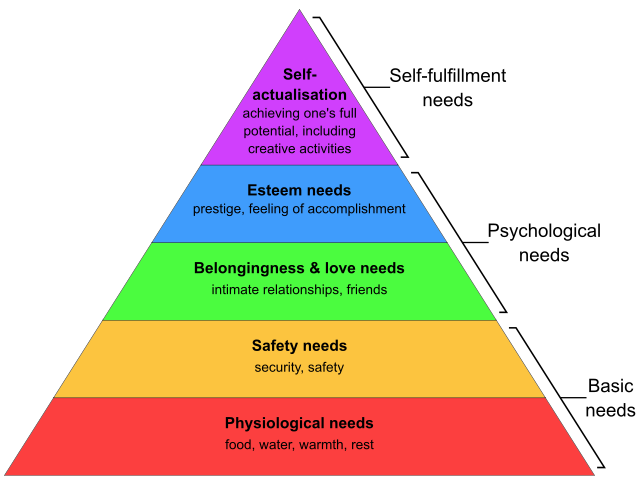
While Maslow’s work has been a vital inspiration for thinkers in fields ranging from psychology to sociology and business, it is far from perfect. In this blog post, we’ll be looking critically at Maslow’s theories, as we’ve done previously for those of Carl Jung and Joseph Campbell—two other complicated figures who have had a big influence on our approach to brand storytelling.
Here, we’ll explore just a few of the many exceptions to Maslow’s hierarchy; review the philosophy behind his work; and discuss how we might make the best use of Maslow’s valuable contributions to the understanding of human behavior, always bearing their shortcomings in mind.
Going Out of Order
One of the most common criticisms of Maslow’s hierarchy of needs points out that actual human behavior is often less linear than the theory would imply.
While there is evidence to suggest that filling more basic needs can enable people to pursue belonging, esteem, and self-actualization more easily, there are many examples of people pursuing needs “out of order”—trying to satisfy higher order needs before fully addressing needs for food, water, or shelter.
Homelessness and Needs
One of the clearest examples of people pursuing self-actualization goals before survival goals comes from the work of social psychologists studying the effects of different aid approaches on homeless populations struggling with mental illness.
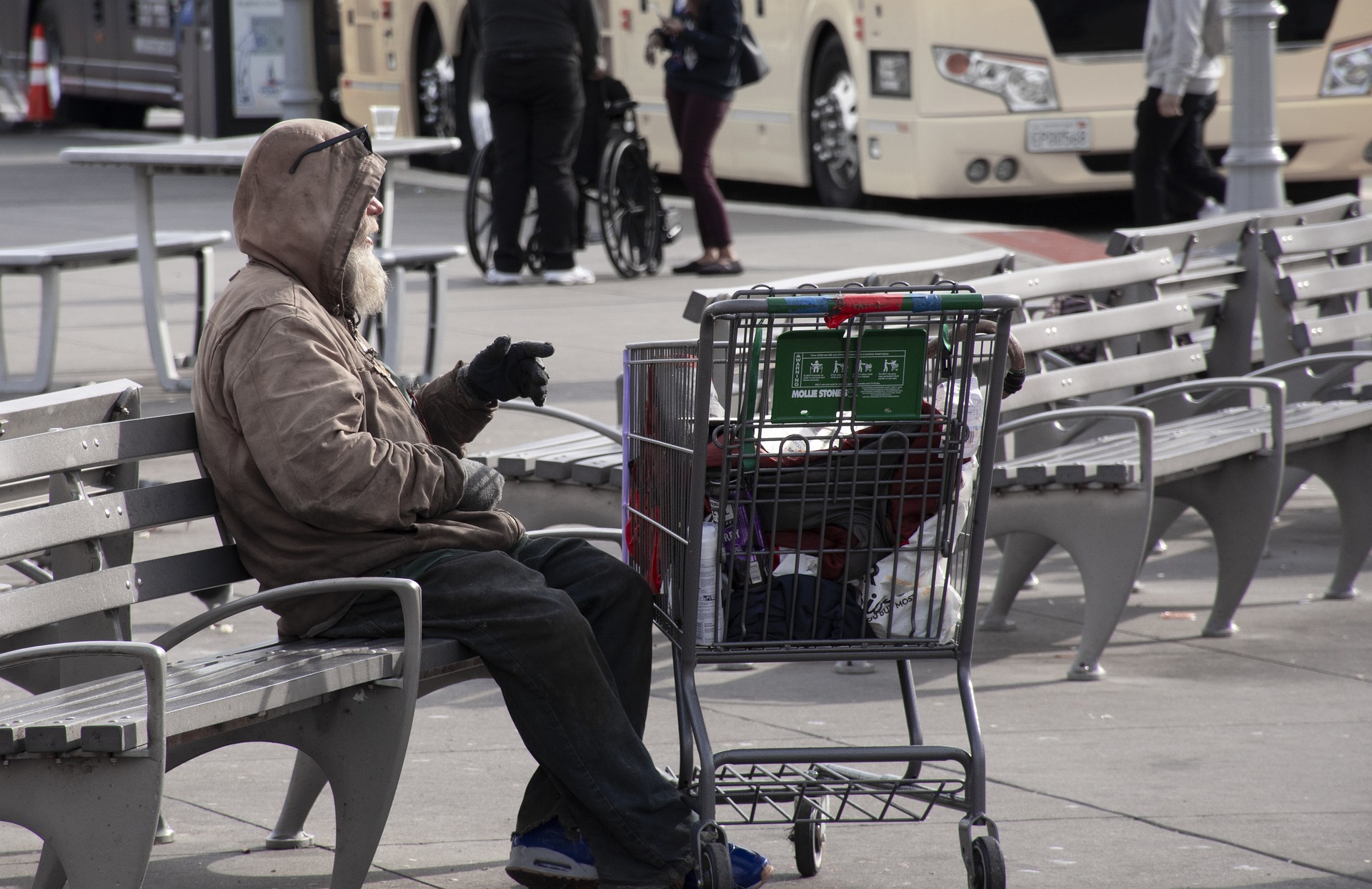
In a 2015 article published in Administration and Policy in Mental Health and Mental Health Services, a team of researchers at NYU’s Silver School of Social Work shared findings based on a series of interviews conducted with homeless clients, as they attempted to work either a housing first (HF) or treatment first (TF) program.
HF programs offer clients permanent housing for free or at reduced cost, on the assumption that it will be easier for clients to access other employment and recovery services once this basic need is satisfied. Meanwhile, TF programs require clients to demonstrate certain milestones on the path to recovery in order to qualify for housing assistance and other services.
Under Maslow’s framework, we might expect that clients in HF programs would think about and pursue higher order needs like belonging, esteem, and self-actualization more often than those in TF programs, in a predictable order. Likewise, we might expect clients in TF programs to focus almost exclusively on physiological needs until they qualified for housing assistance.
As the researchers discovered, however, the real picture is more complicated than that:
“Despite few TF participants having met baseline deficiency needs during the course of the year, almost half identified a being need at 12-months. For some, ongoing struggles with homelessness, addiction, chronic disease, unemployment, and/or limited social support resulted in participants focusing on what it meant to become a better person, invoking their larger dreams to become a ‘productive member of society’ such as one woman who hoped to regain custody of her children.”
In this scenario, a lack of basic needs like food and shelter pushed many homeless clients to spend more time thinking about self-actualization than they might have otherwise!
Far from causing clients to fixate on eating and protecting themselves from the elements, the daily realities of hunger and housing insecurity led many to spend valuable time thinking deeply about their place in society and the universe, and develop detailed visions of better lives.
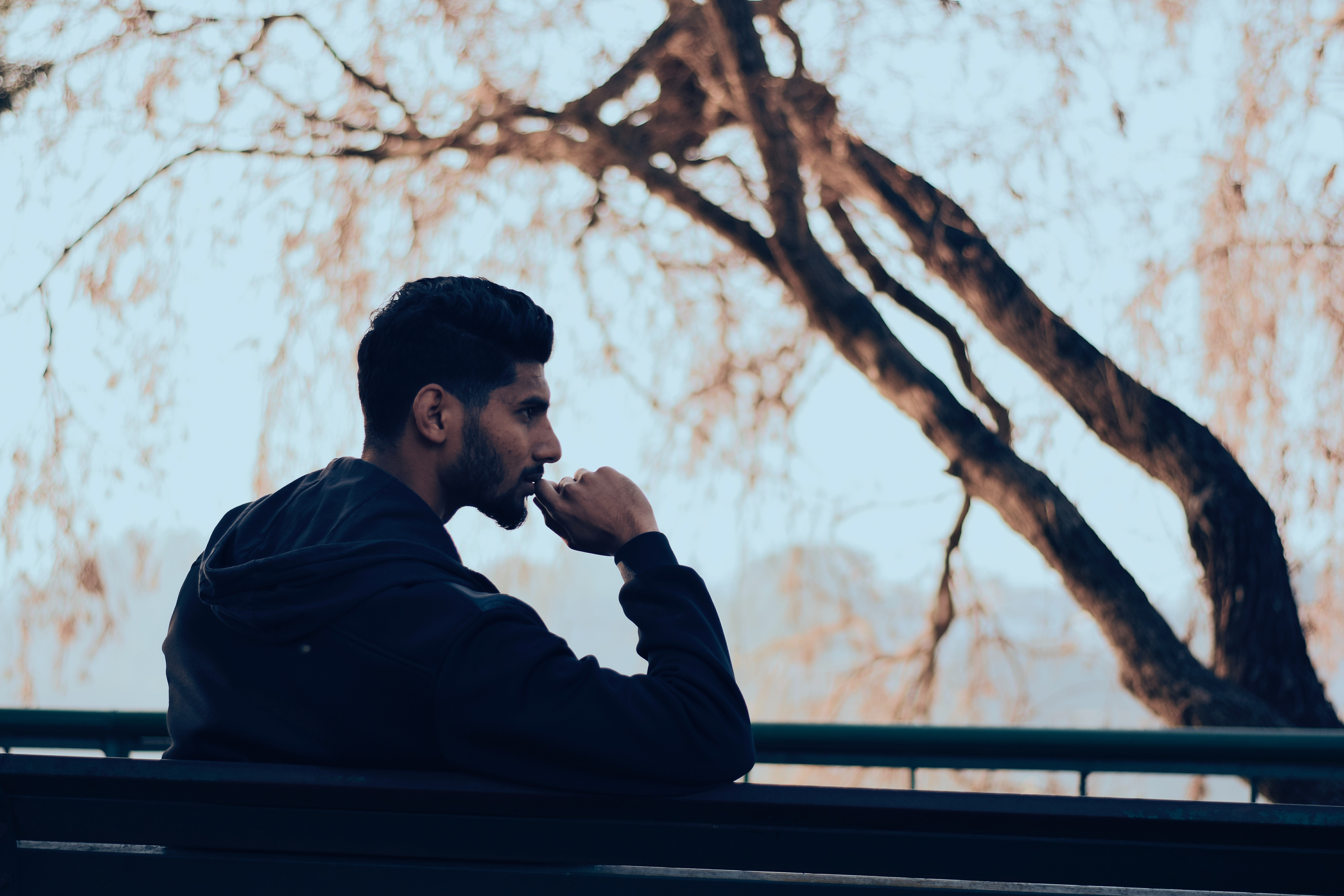
As the researchers point out, this data reflects lesser-known insights from Maslow’s later work, much of which was published posthumously after his death in 1970. According to the research team:
“Maslow’s later work (1970) suggests that the pursuit of self-actualization may manifest from frustration over not having one’s needs met rather than from their gratification. That is, facing adversity and failure can lead to self-actualization [...] For those enrolled in TF programs, for example, a focus on self-actualization seems to occur when more basic needs were not met[.]”
While participants in TF programs were rarely able to pursue the self-actualization goals they expressed in interviews, the fact that they were already thinking about being needs complicates Maslow’s original claim that human beings focus on needs one level at a time, only moving “up” the hierarchy when “lower” needs are dealt with.
As Maslow himself realized late in his career, there are surprising relationships between needs at different levels of the hierarchy—and the process of moving between them is not always clear cut.
Needs of a Nation
Interestingly, this exception to Maslow’s rule may apply at the group level as well as the individual level, with entire societies addressing their needs in ways that confirm some of Maslow’s assumptions while disproving others.
In a 1999 article for Social Indicators Research, researcher Michael R. Hagerty compared Maslow’s hierarchy of needs frameworks to quality of life (QOL) measures for 88 countries from 1960 through 1994. In general, Hagerty found that:
“the sequence of actual need fulfillment is significantly correlated with Maslow’s hierarchical predictions. However, the mechanism of growth suggested by Maslow, by which growth in one need area must slow when the country focuses on growth in another need area, is disconfirmed. Instead, growth in one need area tends to be positively, not negatively, correlated with growth in other need areas in the same year.”

Based on Maslow’s prediction that human beings shift focus from lower-order to higher-order needs over time, Hagerty hypothesized that nations would spend less time and fewer resources on satisfying food and shelter needs as access to these basics became more widespread. In fact, just the opposite was true.
While nations did tend to address deficiency needs first, they did not take focus away from those needs even as their quality of life scores increased. On the contrary, need fulfillment at the national level appears to be more cumulative, with states continuing to invest time and resources into meeting food and shelter needs even as they gain the ability to pursue higher order goals.
Evolving Needs
This dynamic—in which needs seem to be intertwined or “nested” within one another, rather than being laid out on top of one another in a strict step-by-step fashion—is also supported by more recent findings in evolutionary psychology.
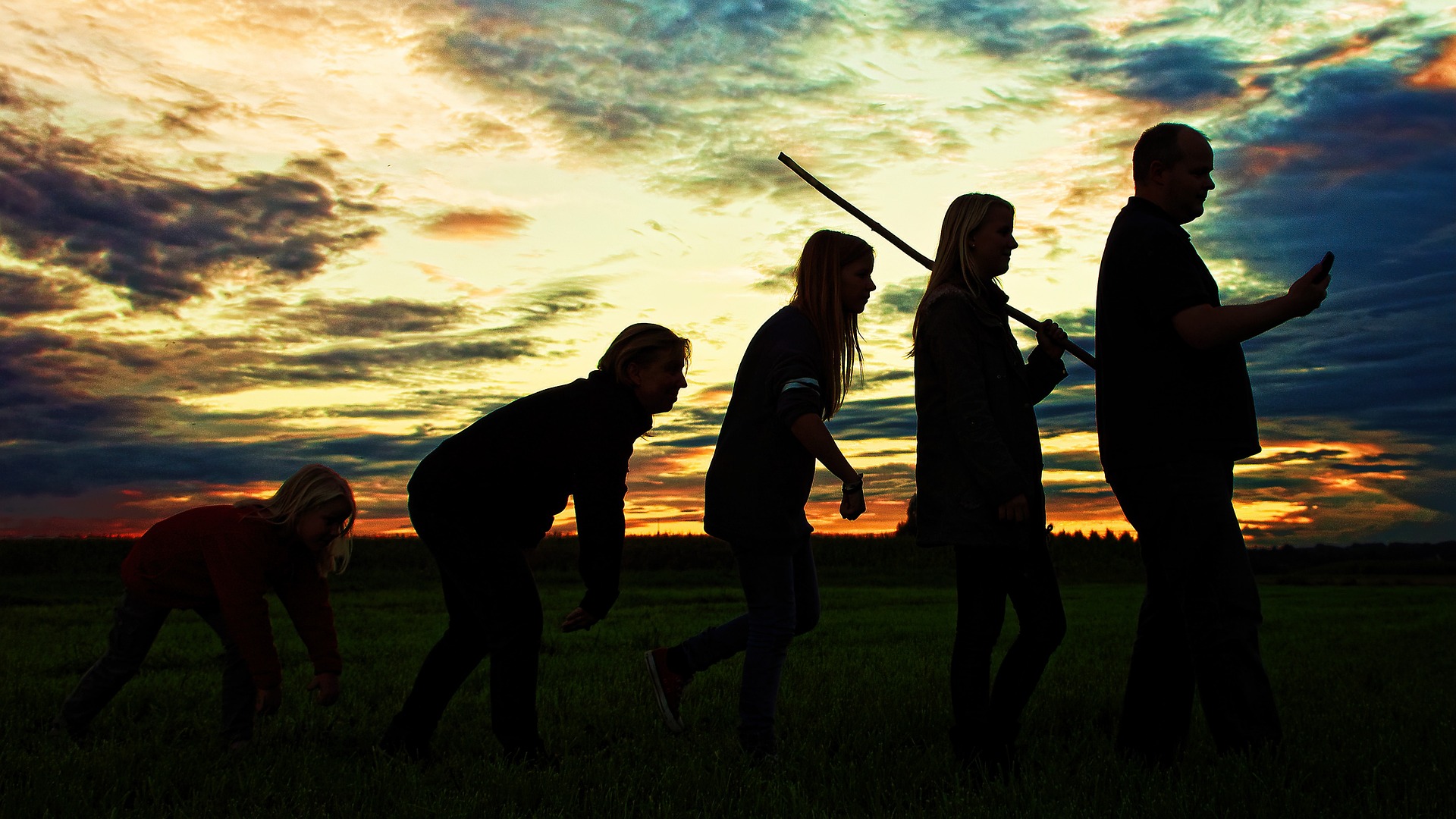
In a 2010 article for Perspectives on Psychological Science, a team of evolutionary psychologists evaluated Maslow’s framework in light of research done since his death. The researchers concluded, among other things, that:
“although the pursuit of one’s unique talents may be experienced as distinct from the pursuit of esteem, these phenomenologically distinct pursuits are rooted in a common motivational system and produce functionally identical outcomes. Self-actualization, in this light, can provide an alternative pathway to esteem and to social status [...] Although earlier developed needs must necessarily share time with those that come later, and although their satisfaction may occur more automatically, they do not disappear in healthy, well-functioning adults but instead remain available to respond as relevant threats and opportunities arise.”
Following the trend of researchers who have explored Maslow’s work in the decades since it was originally published, the team of evolutionary psychologists suggested that human beings often pursue needs in different orders, depending on the situation they find themselves in.
Operating from a materialist perspective, they also argued that self-actualization needs are likely closely related to the human desire to find friends and life partners—i.e. high achievement in a domain of expertise can make one more desirable as a friend and partner, which can put pressure on individuals to excel.
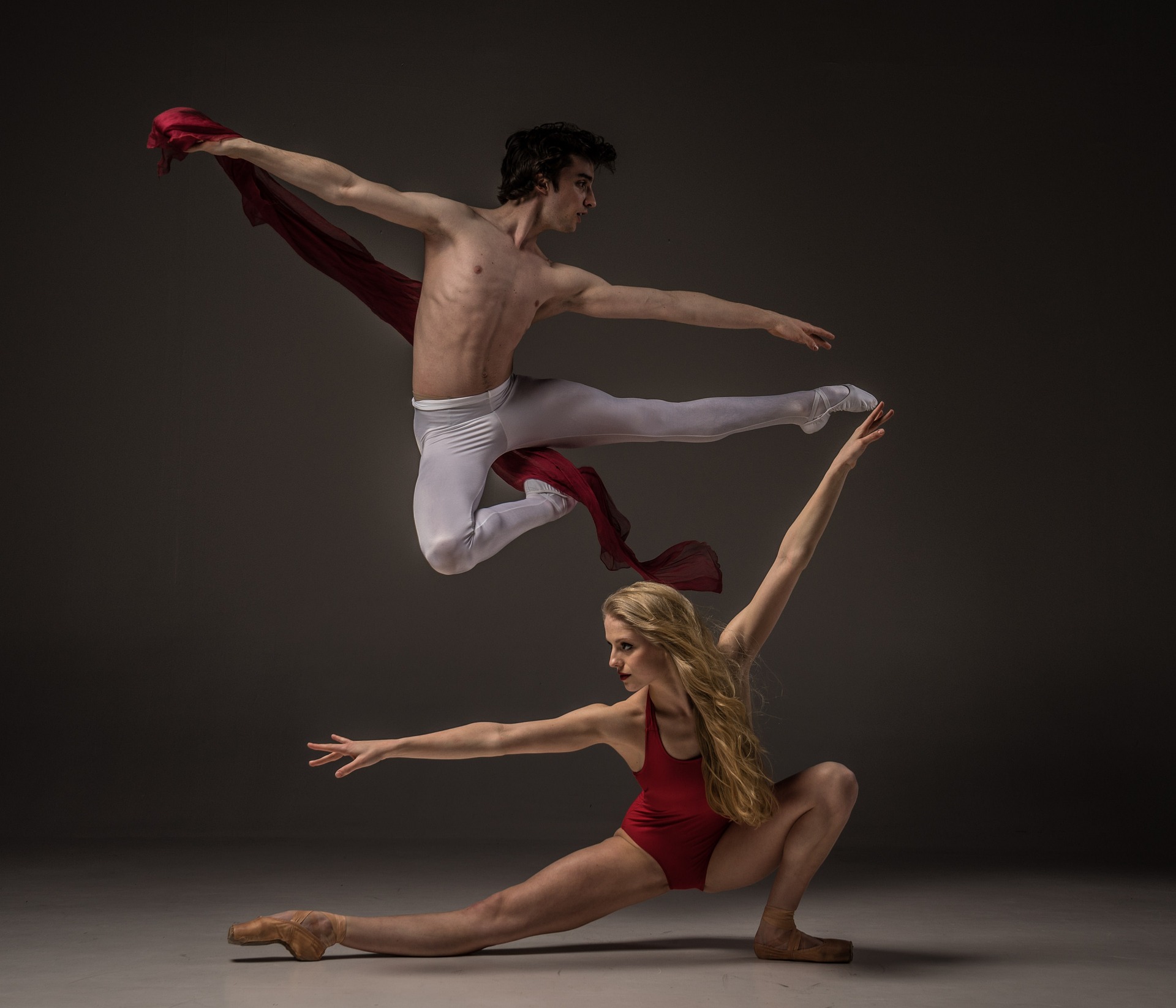
More broadly, the evolutionary psychologists share Hagerty’s finding that lower-order needs don’t disappear as they are satisfied. On the contrary, food, safety, belonging, and love remain important concerns even for wealthy, well-connected individuals.
Need fulfillment, from this point of view, is contextual. Human beings identify and attempt to satisfy needs based not on an abstract framework, but on the situation that they find themselves in at a given moment, and on the likely costs and benefits associated with any particular course of action.
Problems with Maslow's Philosophy
Researchers in fields as diverse as social work and evolutionary psychology have all pointed out exceptions to Maslow’s hierarchy—instances where people pursue needs in a manner not predicted by his original model.
Why does Maslow’s approach fail to predict human behavior in so many instances? Why did he suggest that there might be a universal mechanism that drives all human need fulfillment, when the reality appears to be much more complicated?
Part of the problem may stem from the philosophy that forms the foundation of Maslow’s work.

As education policy and community studies scholar Ronald L. Podeschi points out in a 1983 article for the Journal of Thought:
“[Maslow] believes that science can catch its own philosophical tail and find those values that are best for humankind. [He adheres to] a coherence model of truth. Collective mind (science) can cohere with the eternal verities waiting for discovery. He is at base an essentialist, albeit biological style.”
Here, Podeschi argues that Maslow committed the mistake of philosophical overreach in his early work. Starting from the assumption that positive human values have some kind of objective basis in reality, Maslow spent his career trying to use science to discover and prop up “those values that are best for humankind.”
Like Joseph Campbell, Maslow believed in universal truths that could be found and verified, in his case through scientific research. Furthermore, he believed that human values could be included in those truths—that there is one set of values that must be true for all humans at all times, and that scientific research would eventually prove it.

As it turns out, this premise is probably flawed from the start. Values vary widely across individuals and cultures, and the project of determining which values people ought to uphold is better suited to philosophy than to science.
Maslow has also been criticized for drawing universal conclusions about the most important human values by analyzing a narrow sample of famous, successful people—most of whom were white, Western men. As social skills counselor Viktor Sander explains:
“Because of the Western ethnocentric biases of the theory, I believe it may actually be harmful to spread this theory without talking about its weaknesses. It can lead to a misdirected understanding of human and cultural complexity.”
Maslow’s project contained inherent, unexamined biases from the beginning. He assumed he could uncover universal values that would be appropriate for all people at all times and in all places—all while drawing conclusions from the biographies of a small group of privileged people.
In reality, individuals and societies may uphold quite different values across time and place, for reasons which cannot be glossed over by a single overriding theory of human motivation. Moreover, not all people have the opportunity—or the desire—to pursue the same set of values.
Finding the Good in Maslow
Given all of the shortcomings in Maslow’s work, why do we continue to refer to the hierarchy of needs as a concept? Why bother with a rule that has so many exceptions?
While Maslow’s hierarchy of needs may not predict human behavior as accurately as he might have liked, it still offers useful insights into the importance of meeting basic human needs for ourselves and others. While people who lack food and water may spend time thinking about higher-order needs like self-actualization, it becomes much easier for them to actually fulfill those needs and others once they have access to the things that make survival possible.

In the study comparing housing-first programs to treatment-first programs, for instance, researchers found that:
“Having housing enabled many HF participants to focus on other deficiency needs identified at baseline or establish new ones [...] Although a specific hierarchy of needs did not emerge, many HF participants described a step-wise strategy in approaching their needs. Some described needing to go back to school before getting a job, or needing to get a job before pursuing social relationships.”
As the researchers discovered, while homeless clients who received housing did not necessarily start working on their other needs in the order suggested by Maslow’s hierarchy, they did use their new homes as a stepping-stone towards meeting other needs in a less structured, more general way.
In other words, while the ordering of Maslow’s hierarchy may not be universal, one of his underlying ideas—that having some needs met empowers people to fill other needs more effectively—appears to hold up.
While we can’t predict exactly how a person enrolled in a housing-first program will use their housing assistance to improve their lives, we can say with confidence that having a place to call home does make life just a bit easier for clients in difficult circumstances—and that the added support improves their chances of building a sustainable, fulfilling life.

It may also be unfair to limit our understanding of Maslow only to his early work. As we’ve seen, many scholars note that Maslow’s later books and papers show him moving away from a strict interpretation of his own hierarchy, and toward a more fluid model of human motivation. In his later years, Maslow even went beyond the idea of self-actualization, to develop a new understanding of the height of human achievement.
In a 2007 article for the Journal of Health and Human Services Administration, Texas State University scholars Lloyd Greene and George Burke explain the contrast between Maslow’s early work and his later thinking:
“A closer examination of [self-actualization] as he further developed it seems to point to an opposite meaning [...] a more accurate term could be ‘selfless-actualization’ indicating human development beyond the self [...] Maslow’s message is that to achieve peak experience people must move from self to other [...] The fundamental idea is that people must move to a focus and concer[n] for other people to achieve the highest level of human nature.”
Maslow, in other words, ultimately came to believe that we reach our highest potential by serving others. Self-development for its own sake, in Maslow’s later thinking, is a dead end—but refining our talents so that they can benefit others is the most important thing a person can do.

Grounded in this deeper perspective, Maslow’s work once again becomes a useful guide, as we think about how to tell stories that help people reach their full potential, both for their own good and for the good of others.
Maslow for Marketers
As storytellers developing brand narratives and marketing strategies, we face a choice.
On the one hand, we can develop campaigns that encourage high levels of fear-based consumption by bombarding people with messages about things that they lack. This approach, which formed the bedrock of modern advertising for decades, gets people to buy products and services by convincing them they are inherently flawed, and need to be fixed or improved in some way.

Free Range founder Jonah Sachs outlines and criticizes this marketing strategy in his book Winning the Story Wars:
“Tell a story that will create anxiety then introduce the magic solution. These are the two steps of all inadequacy-based campaigns [,,,] consumption becomes important not just as a therapeutic response to anxiety but as a therapeutic response to caring about anything at all [...]”
On the other hand, we can take a cue from Maslow—and the field of positive psychology he helped create—in order to craft marketing strategies that inspire people to meet needs of all kinds in order to reach “selfless-actualization” and serve those around them.

In a 2003 article for Psychological Inquiry, positive psychologists Christopher Peterson and Nansook Park argue that the mission of positive psychology is to:
“challenge the assumptions of the disease model. Positive psychology calls for as much focus on strength as weakness, as much interest in building the best things in life as repairing the worst, and as much attention to fulfilling the lives of healthy people as to healing the wounds of the distressed [...] The most basic assumption that positive psychology urges is that human goodness and excellence are as authentic as disease, disorder, and distress.”
Like positive psychologists, we can use our skills to help our clients and their audiences “build[] the best things in life[,]” rather than arousing fear of inadequacy in order to force sales. We can create campaigns that draw out “human goodness and excellence[,]” encouraging people to think not only about how they can improve themselves, but about how they can use their talents to give back to the communities and societies that support them.
Adopting what is best about Maslow’s framework—while taking into account its shortcomings—we can use stories to help build a society that gives all people the resources to satisfy their ever-changing and evolving needs.

